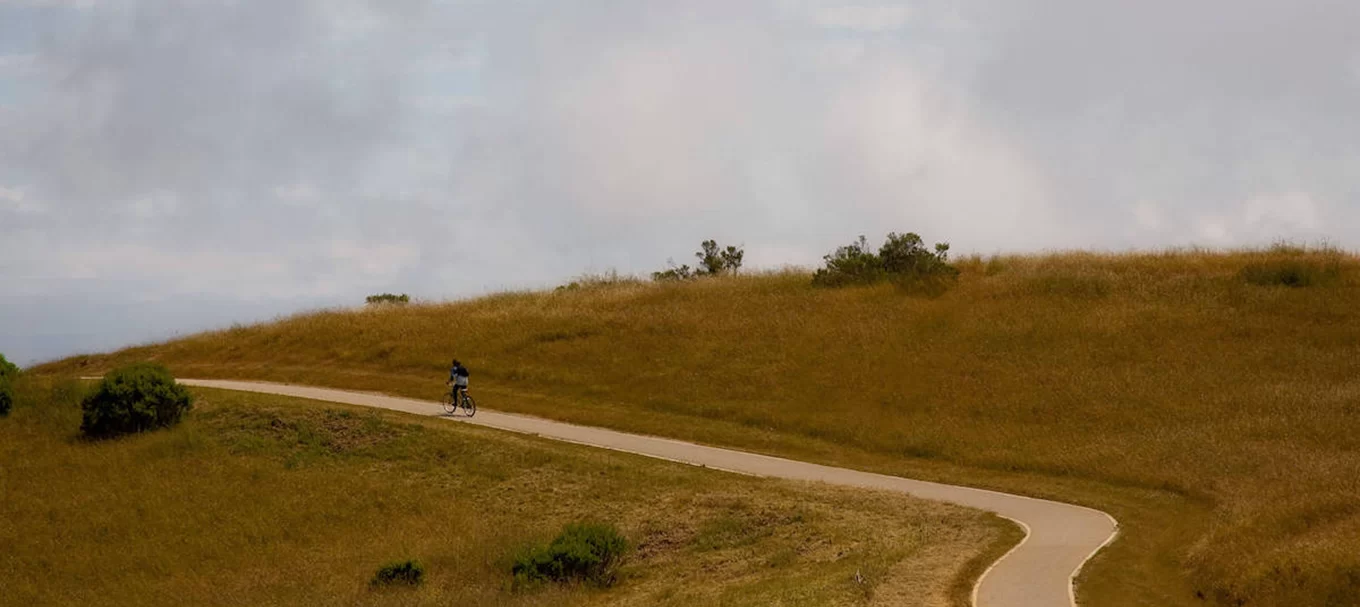
Rethinking Major Donor Communications
June, 2018
Hindsight, Foresight, and Insight
Canadian writer and motivational speaker Robin Sharma noted, “The real trick in life is to turn hindsight into foresight that reveals insight.” Drawing upon more than 35 years of experience of providing communications counsel and support to our noble fundraising clients in education, health care, and the arts, we have an abundance of hindsight. It has been gained through providing communications support to more than 100 campaigns with an aggregate goal exceeding $35 billion. Hindsight always provided foresight to guide new work in the practical application of communications with donors at all levels, particularly, high-value prospects. In the past several years, however, we have synthesized our thinking into the following high-level insights.
Canary in the Coal Mine
Much has recently been written about the changing landscape of charitable giving. Fueled by remarkable major gifts, record amounts have been raised, year over year. However, there is an alarming trend that fewer and fewer American households are reporting charitable contributions. Some professionals worry that the focus on major gifts to produce ever-higher top-line results diminishes the time and resources available to build a sustainable pipeline of donors for future campaigns. The rate of turnover among fundraising personnel adds additional pressure and instability to the cultivation, solicitation, and stewardship process. Clearly these red flags rising may signal concern for the success of the next campaign and the successive campaigns to follow.
Rethinking Campaign Brands
When has a donor ever told you: “I gave to your campaign because I was inspired by your campaign brand.”? Never, right? A campaign brand is a sub-brand. It should not be a substitute for the institutional brand, and it should not require a heavy lift. It should be inspired and informed by your operational strategy and connected directly to your institutional brand. In fact, a campaign theme, or tagline, is nothing more than the gateway through which your prospects and donors pass to learn more about the campaign, its priorities, and initiatives to discover something of great interest and value that ignites their passion to change lives.
This sub-brand development work can be done expeditiously, and cost-effectively, if you are confident enough to take this streamlined approach.First focus your time and invest your resources on the big idea of the campaign to build a solid, high-level messaging platform. Then reallocate content creation and its associated budget to lower levels, to the campaign pillars and the ambitions that are their base. Doing so better enables each priority, unit, or division to emphatically and energetically tell its unique story. In short, moving from a top-down to a middle-out communication strategy focuses expenditures on the relationships through which the gift is actually given.
Your Case for Support Is Too Big and Out of Date
As we survey the changing charitable giving landscape, we hear Bob Dylan’s raspy 1960s refrain “the times they are a-changin’” playing in the background. We keep returning to questions that have been asked for decades: “If donors don’t give to a a big and beautiful case for support, why does everyone spend so much money in their development and production?” All too often the answer is, “Well, they’re the expected components of a suite of campaign communications.” Seriously? We all know that by the time your big, beautiful case for support arrives in your office it is out of date.
Current campaigns are entrepreneurial: priorities have a nasty habit of changing; institutional and campaign leadership may, or may not, remain for the duration of the campaign. Do you make changes and reprint? Is that a good use of precious institutional resources?Too much emphasis is still placed on this traditional approach—hampering campaign progress, encumbering development shops with exorbitant costs (with little ROI), and leaving frontline staff without the tools to tell a compelling, person-to-person story about the potential impact of their donor’s philanthropy.
A Palpable Tension: Institutional Marketing and Frontline Fundraisers
We’ve seen it; we’ve felt it. The uncomfortable tension between frontline fundraisers and communicators when discussing campaign communications. The former just “need something now” to help sell the campaign; the latter seek something deliberate that is fully on-brand and on-message. In short “fast” versus “perfect.” In the past, we sat politely in the room until the guns were holstered and the smoke cleared. We dared not enter the fray. Now, at the risk of sounding like the proverbial snake oil salesman on the set of Gunsmoke, we believe that we have developed a middle ground that will placate both sides of this showdown.
Our team has reimagined and reinvented nothing less than the very core of major donor connection, communication, and relationship building. Call it an epiphany, call it a digital breakthrough, even call it overdue. Just call it the future of fundraising communications. We call it Ovrture, a digital platform that is on-message and on-brand, and a growing number of your colleagues are already using it.
With little effort, Ovrture, a donor software for nonprofits, answers the frontline fundraiser’s need for “fast” while meeting the marketer’s desire for on-brand and on-message. With this digital tool, there is no room for “lone ranger” communications and there are administrative controls around everything in the platform. Most of all, Ovrture efficiently meets your donors in a digital space where research has shown that they now spend more and more time. Content is curated specifically for them by your team who knows them best. You know your donor’s interests, passions, and affinities. Now you can deliver communications to them one on one, with the power of emotional storytelling that only digital can deliver. Yes, “fast” and “perfect ” in perfect harmony. No more showdowns.
Mea Culpa
Believe us, we see the irony. Our firm has built a successful national reputation for three decades by creating and crafting effective campaign themes, campaign brands, and big, beautiful, cases for support. Without a doubt, printed materials remain, in some form, a part of the equation and cannot be ignored. The days of extravagance are gone.
The future of major donor cultivation communications is digital. Digital cultivation, digital solicitation, and digital donor stewardship. Think about it. Here we are, two decades into the 21st century and deep into the age of social media. Are major donors willing to be seen as part of a group rather than an individual? Are they willing to receive top-down, one-size-fits-all, communications? Will they be convinced by broad strokes? We—like you—think not. We—like you—believe the most important reason major donors give is because an organization can deliver the precise change they want to see in the world. We believe they give because they have a personal relationship with the organization that has been built on trust, loyalty, engagement, appreciation, and delight.

CHRIS SNAVELY
Managing Partner
CHRIS SNAVELY
Managing Partner
Chris leads the Ovrture team in building, maintaining, and enhancing the platform. He also works directly with clients to build systems, drive adoption, and conceive of new use cases. Believing that the application of new thinking is what drives the world forward, Chris takes great pride in bringing a far more efficient and modern approach to the “digital advancement office.”
 Back to Updates
Back to Updates
